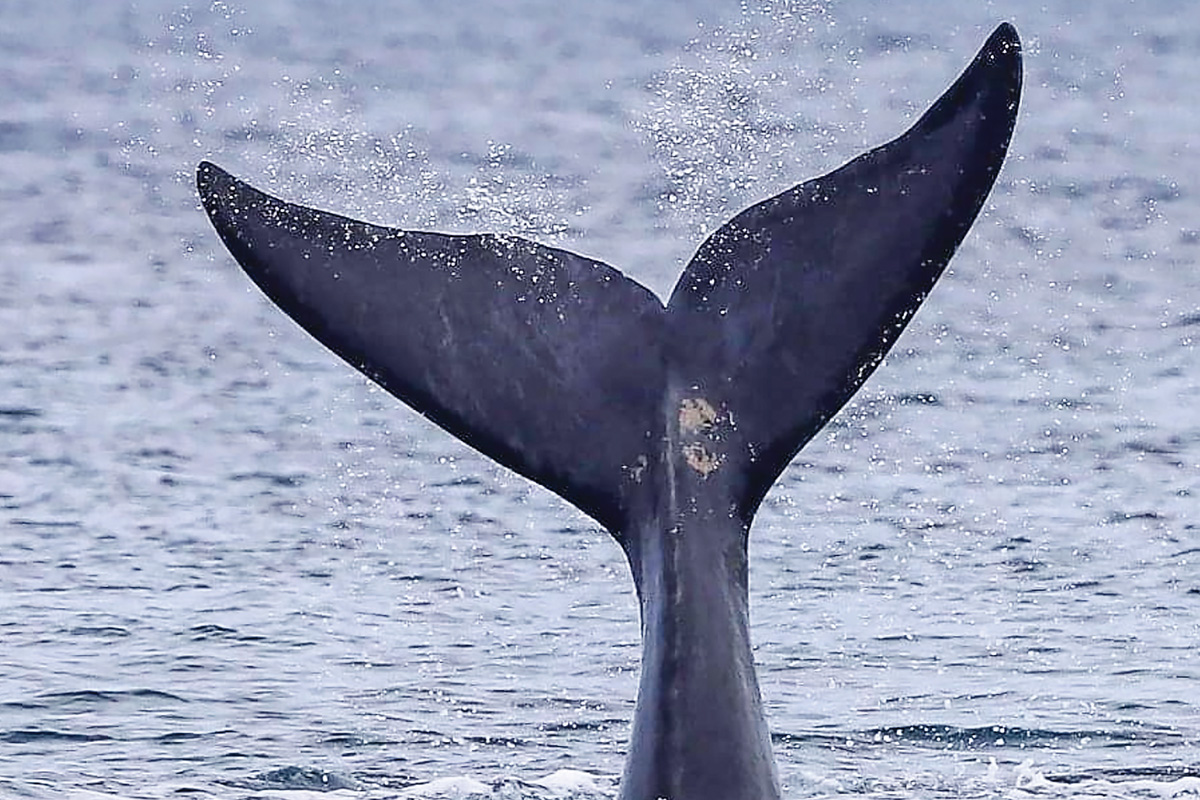
WARNINGS have been issued to be wary of wildlife on land and at sea for their protection and to avoid personal injury.
The Conservation Regulator wants visitors to keep their distance from whales as videos of dangerous interactions increase on social media.
Videos of swimmers, surfers and people in boats getting too close to whales posted on social media encouraging behaviour which threatens the animal’s health and welfare.
Investigations are being made into nine reports of boats being too close to whales this season as well as individuals seen in several videos posted online.
Water patrols are being carried out this month as part of the Conservation Regulator’s Operation Calyx to make sure people is keeping their distance from whales, dolphins and seals.
The Arthur Rylah Institute’s Whaleface project has this season reported 125 sightings of southern-right whales along the Victorian coast, including seven cow-calf pairs in the south-west.
Swimmers and surfers must stay at least 50 metres away from whales, while boats must keep at least 200 metres – or two soccer fields – away and jet skis 300 metres away.
Wildlife crime can be reported to Crime Stoppers on 1800 333 000.
Meanwhile, the Department of Environment, Land, Water and Planning (DELWP) warns that spring means swooping native birds, such as magpies and masked lapwings.
Senior wildlife projects officer, Katherine Whittaker, said some native birds swoop to defend their eggs and young for the six to eight weeks until they leave the nest.
“Swooping is basically a scare tactic to warn people and animals not to come near their nesting young. Birds may swoop people or animals, so be mindful of your dogs too,” Whittaker said. “However, not all birds swoop to protect their eggs and young during the breeding season, so don’t be concerned simply because there are magpies or other common swooping birds in the area.”
Whittaker’s tips to avoid being swooped: know your local swooping hotspots; avoid the area if possible; move quickly, but do not run; cover your head with a hat, helmet or umbrella, but don’t wave it around; do not harass or feed birds.
To miss known swooping hotspots or to report a swooping incident on Victoria’s interactive swooping bird map, visit wildlife.vic.gov.au/managing-wildlife/swooping-birds
First published in the Southern Peninsula News – 20 September 2022